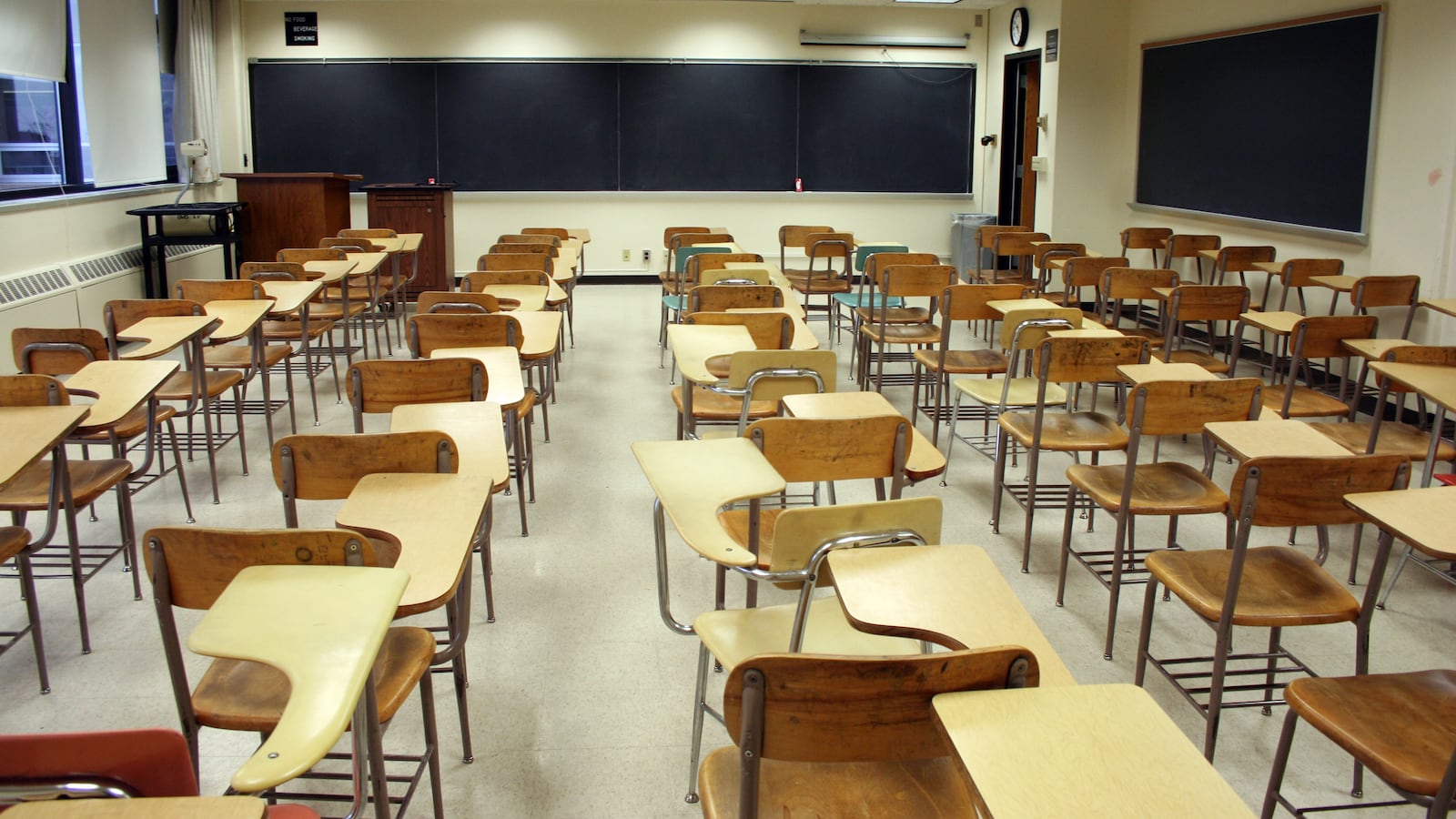The number of Teach For America recruits walking into New York City classrooms this fall is at its lowest point since at least 2005.
That’s according to recruitment numbers released by the organization Tuesday, which show that 200 corps members entered city schools this year, down from 230 last year and 400 two years ago. Its 11-year peak in New York City was in 2008, when 536 recruits started teaching in local classrooms.
TFA, which is known for placing new teachers in hard-to-staff public schools, has said its recruitment problems reflect national drop-offs in enrollment in a wide range of teacher-training programs. Officials have also pointed out the organization faces strong headwinds: an improving economy, for instance, and a polarized conversation around education reform.
“Everybody who is doing this work and invested in the future of the country is concerned about these numbers, and that includes us,” said Dinean Robinson, spokeswoman for New York’s TFA chapter. “The problems that we’re seeing are definitely emblematic of something bigger.”
Lower-than-usual recruitment is not limited to New York. Nationally, the organization received 37,000 applications this year, down from a six-year high of 57,000 in 2013. Just 3,400 TFA recruits will start teaching this year nationwide, down from 5,900 three years ago.
In April, TFA CEO Elisa Villanueva Beard acknowledged that the recruitment problems stem partly from a “failure to respond to warning signs” and pledged changes to the recruitment process. Now, for instance, the organization is working to attract students earlier in their college careers.
Josh Starr, CEO of PDK International, a professional association of teachers, said the improving economy and other external factors are having an impact. But he also pointed to issues with TFA’s model itself. As the 25-year-old program ages, he said, college students may be less willing to accept the narrative that they can “change the world” with just weeks of training before stepping into the country’s neediest schools — a feature of the program that has often attracted criticism.
“We’re at a time in public education where it’s clear that the reform agenda of the last 16 years has not delivered the results that perhaps folks thought it would,” Starr said. “The selling point of a few years back that may have caught the eye of the college student … may not do that anymore.”
Robinson, for her part, pointed out that the recruits headed to New York City are among the most diverse in the program’s history. Out of the 200 recruits, 62 percent identify as people of color, 53 percent were Pell Grant recipients, and 43 percent were the first in their family to attend college. As of last year, by contrast, roughly 60 percent of the city’s teachers were white.
The majority of the new New York recruits — 59 percent — are headed to traditional district schools, while 33 percent will teach in charter schools. The remaining 8 percent will be placed in community-based organizations that focus on early childhood education.
Still, it’s been a tumultuous year for the national organization, which cut 15 percent of its national staff this spring. The organization said that would give the local offices more autonomy.
In New York, that leeway will mean that new corps members will be trained by local staff and will focus specifically on state standards. Local training will also enable recruits to learn about the communities in which they will be teaching, Charissa Fernández, executive director of TFA’s New York office, told Chalkbeat earlier this year.

